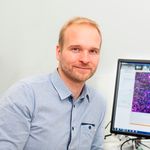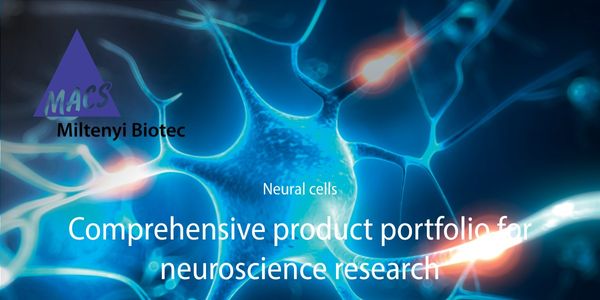Cell function
Cells carry out specialized functions throughout the body and each cell type functions distinctly from other cell types. Some cellular functions include transporting nutrients throughout the body and producing energy. One specialized cell is muscle cells which function to create a force that moves parts of the body. Another example are bone cells, whose functions include protecting internal organs from damage and storing minerals such as calcium.
-
Identifying the diversity of neuronal cell types of the nervous system is one of the main objectives of the BRAIN Initiative, with the vision that distinct neuronal identities will allow for...Speaker: Giorgio Ascoli, PhD , Hong-Wei Dong, MD, PhD , Byungkook Lim, PhDPresented at: Neuroscience Virtual Event Series 2020
Episodic memories are essential for human cognition, but the underlying neural mechanisms remain poorly understood. We utilize the opportunity to record in-vivo from human single neurons sim...
Speaker:
Adam Mamelak, MD
, Ueli Rutishauser, PhD
, Gabriel Kreiman, PhD
, Jie Zheng, PhD
Presented at: Neuroscience Virtual Event Series 2020
Learning is often an emotional process. Emotional stimuli with different valences, such as threat and reward, can transform an otherwise neutral sensory input into one that can trigger disti...
The neural basis of simple rhythmic and reflexive behaviors such as swimming and gill withdrawal have been successfully studied in nudibranchs and other gastropod molluscs because the brains...
Speaker:
Paul Katz, PhD
, Jeff Lichtman, MD, PhD
, William Frost, PhD
, Deidre Lyons, PhD
, Vince Lyzinski, PhD, B.Sc, M.Sc, M.Sc.E.
Presented at: Neuroscience Virtual Event Series 2020
The accumulation of neurotoxic amyloid beta peptides and/or neurofibrillary tangle formation are key pathological hallmarks of neurodegenerative diseases including but not limited to Alzheim...
Speaker:
Michael Heneka, PhD
Although neuroscience has provided a great deal of information about how neurons work, the fundamental question of how neurons function together in a network to produce cognition has been di...
Speaker:
György Buzsáki, PhD
, Attila Losonczy
, Mark Schnitzer
, Ivan Soltesz
Presented at: Neuroscience Virtual Event Series 2020
Autosomal dominant missense mutations that hyperactivate the LRRK2 protein kinase are a common cause of inherited Parkinson’s disease and therapeutic efficacy of LRRK2 inhibitors is be...
Brain function is remarkably reliable despite the imprecise performance of neurons, and the continuous perturbations caused by aging, disease or injury. How does the brain succeed in produci...
Speaker:
Adrienne Fairhall, PhD
, Tim Gardner
, Carlos Lois, MD, PhD
Presented at: Neuroscience Virtual Event Series 2020
























